
Flameless venting protects LNG-fueled ferry
Written by Nick Blenkey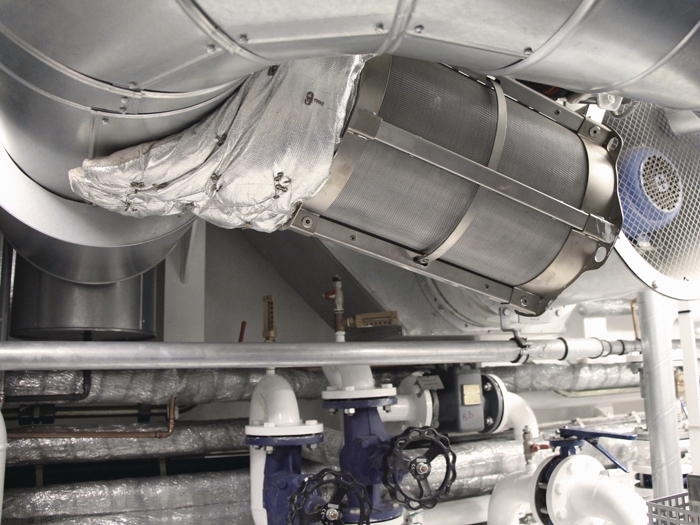
Flameless venting using a Q-Rohr on the Mitsubishi generators
JANUARY 7, 2016 — Germany’s first LNG-fueled ferry, the MS Ostfriesland, has now been operating for AG Ems between Emden and Borkum Island on the ecologically sensitive Wadden Sea, since June 2015.
Originally built in 1985, the vessel was converted to dual fuel propulsion in a conversion that saw it fitted with a complete new aft end, construction of which got underway at German shipyard Brenn – und Verformungstechnik Bremen GmbH while the ship remained in service.
The new aft section, which extended the vessel’s length from 78.7 m to 93 m, houses the new machinery space and LNG fuel system/tank with the vessel now being propelled by two electrically powered Schottel STP Twin thrusters, each rated at 1,150 kW at 1,480 rpm.
 While the prime movers are two 6-cylinder Wärtsilä 20DF dual-fuel generating sets, for navigating within harbors, the vessel uses two Mitsubishi auxiliary generators.
While the prime movers are two 6-cylinder Wärtsilä 20DF dual-fuel generating sets, for navigating within harbors, the vessel uses two Mitsubishi auxiliary generators.
Switching to LNG fuel means providing against various unlikely malfunctions, such as an ignition failure resulting in an unburned mixture of gas and air in the exhaust. This could cause uncontrolled combustion and an increase in pressure the next time ignition takes place, putting a substantial strain on the pipe components.
Auxiliary generators with flameless venting on the exhaust
To protect against this, the Mitsubishi auxiliary generators are protected by a Q-Rohr flameless venting system by German manufacturer Rembe GmbH that ensures that the reaction is vented directly at the exhaust.
Both the flame and the pressure are absorbed by the stainless steel mesh filter of the Q-Rohr, providing optimum protection for the pipe components and the environment.
Conversion involved fitting ferry with new aft section


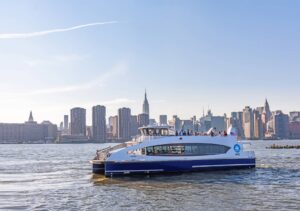
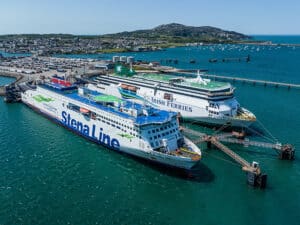
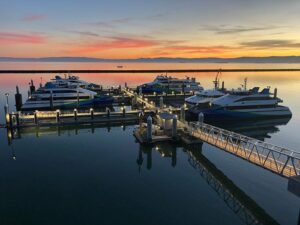
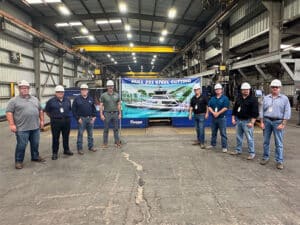
Leave a Reply
You must be logged in to post a comment.